 Discovered at Jot HQ is this first edition of one of the ‘Homely Woman’ pocket volumes by the prolific female writer Fay Inchfawn ( aka Elizabeth Rebecca Ward, 1880 – 1978), whose work is forgotten now, but whose books, which included popular verse, religious works and children’s literature, were once, to quote the blurb from her publisher Ward, Lock & Co in 1947, ‘to be found in countless homes, for more than half a million have been sold’.
Discovered at Jot HQ is this first edition of one of the ‘Homely Woman’ pocket volumes by the prolific female writer Fay Inchfawn ( aka Elizabeth Rebecca Ward, 1880 – 1978), whose work is forgotten now, but whose books, which included popular verse, religious works and children’s literature, were once, to quote the blurb from her publisher Ward, Lock & Co in 1947, ‘to be found in countless homes, for more than half a million have been sold’.
To further quote from her publicity department:
‘everyone of Fay Inchfawn’s delightful little books rings with a true sincerity from cover to cover. She can extract joy from the scullery, yes, even from the wash tub…If Fay Inchfawn cannot bring some compensation to you in your humdrum daily toil—well, nobody can ! She has certainly done so for countless wives and mothers, and if you do not happen to be one of those so fortunate, it is up to you to see what she can do for you. Surely she cannot fail ! ‘
Inchfawn, who lived in Freshford, near Bath, for most of her life, also contributed to women’s magazines, and if she didn’t write for my grandmother’s favourite magazine, The People’s Friend, she should have done. The Day’s Journey, which is one of her ‘ religious works‘, seems perfumed with peppermint creams and Werner’s Originals.
A Day’s Journeyis a homily which takes its inspiration from The Pilgrim’s Progress. Its homely message seems to be that like Bunyan’s pilgrim, the wanderer through life will overcome all the difficulties that confront him by applying the self-reliance and common wisdom that God has conferred on him and by ignoring all the vices and distractions placed in his way by the ‘Prince of Evil’. Continue reading

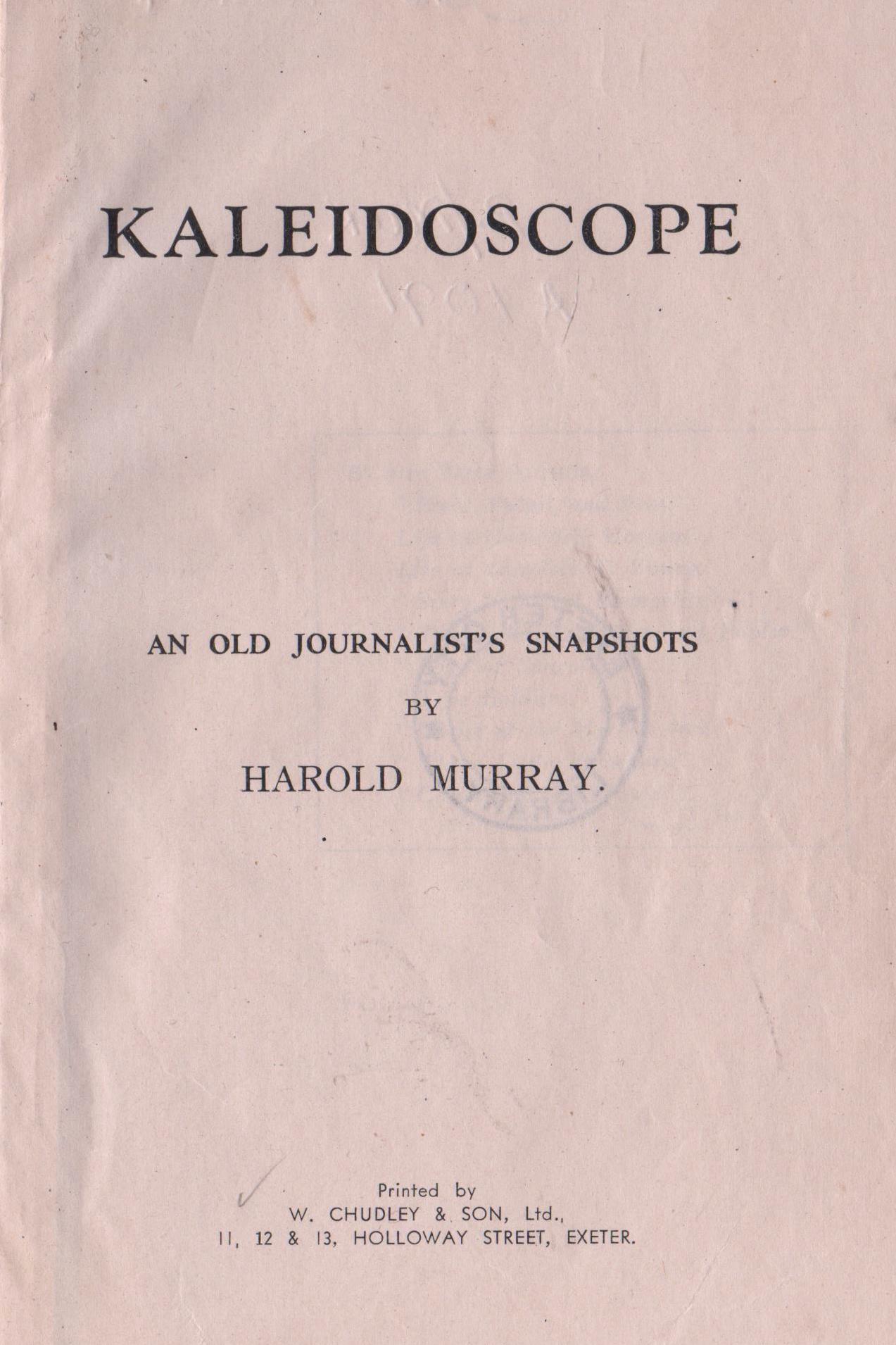
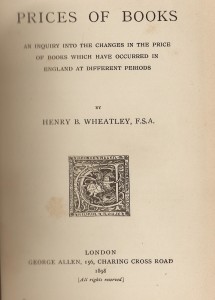 H.B.Wheatley’s Prices of Books (1898) is a real eye opener, not just for the prices realised by truly great and important books, but also for those works which today would not fetch ( in real terms) anything like the sums that our Victorian forebears might have paid.
H.B.Wheatley’s Prices of Books (1898) is a real eye opener, not just for the prices realised by truly great and important books, but also for those works which today would not fetch ( in real terms) anything like the sums that our Victorian forebears might have paid. Joe and Arthur Rank
Joe and Arthur Rank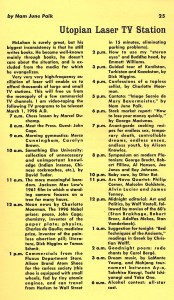
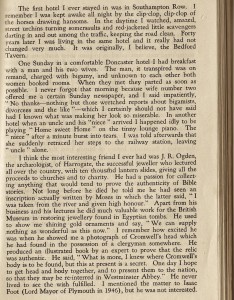
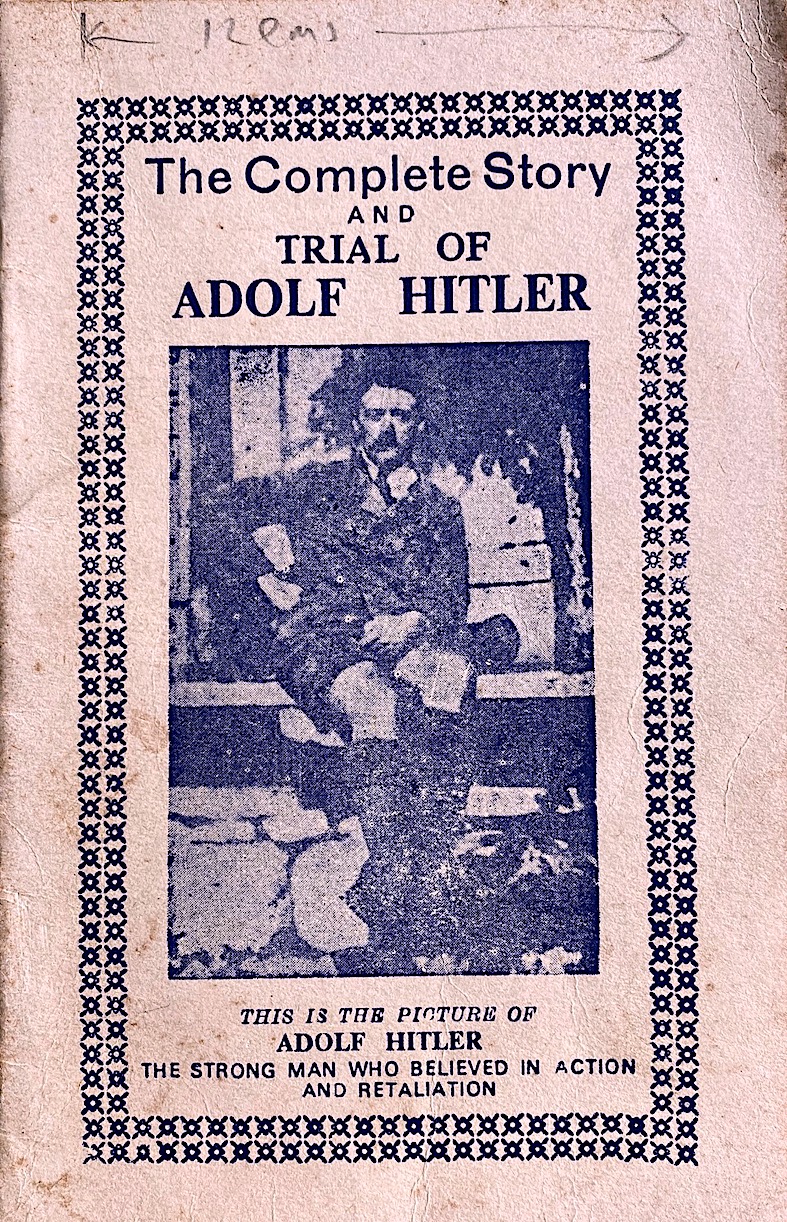
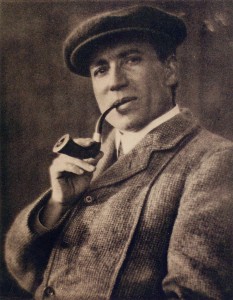
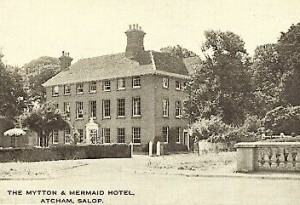
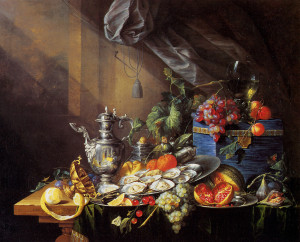

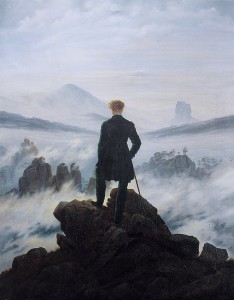
 In the April 24th 1942 issue of John O’London’s Weekly can be found a perceptive view by the essayist Robert Lynd on the subject of risible poetry written by good poets. He takes his cue from an incident a century before when Thomas Wakley, the founder of the Lancet, stood up in the Commons to mock some puerile lines from ‘Louisa’ by the Poet Laureate, William Wordsworth.
In the April 24th 1942 issue of John O’London’s Weekly can be found a perceptive view by the essayist Robert Lynd on the subject of risible poetry written by good poets. He takes his cue from an incident a century before when Thomas Wakley, the founder of the Lancet, stood up in the Commons to mock some puerile lines from ‘Louisa’ by the Poet Laureate, William Wordsworth.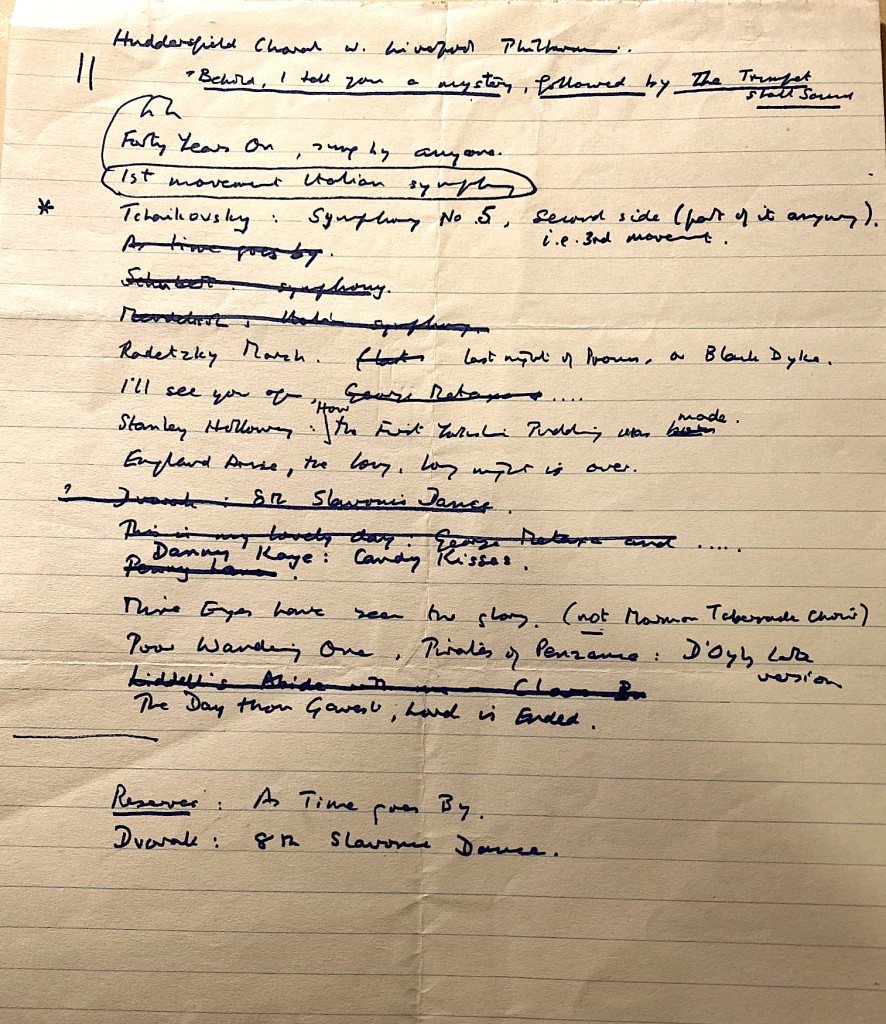
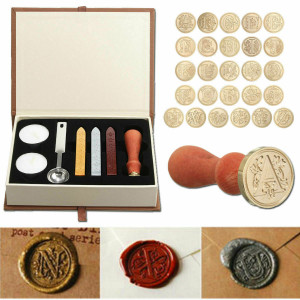
 near Bishops Stortford, probably contained descriptions of books and manuscripts by one of the directors, Ian Fleming, an avid book collector. It’s tempting to imagine the future creator of James Bond trawling through some of the items in the catalogue in search of likely material.
near Bishops Stortford, probably contained descriptions of books and manuscripts by one of the directors, Ian Fleming, an avid book collector. It’s tempting to imagine the future creator of James Bond trawling through some of the items in the catalogue in search of likely material. Found — all 3 issues of The Golden Urn the rare magazine produced at Fiesole by Bernard Berenson, Logan Pearsall Smith and his sister Mary Pearsall Smith (later Mary Berenson.) Of some value – we have catalogued it thus:
Found — all 3 issues of The Golden Urn the rare magazine produced at Fiesole by Bernard Berenson, Logan Pearsall Smith and his sister Mary Pearsall Smith (later Mary Berenson.) Of some value – we have catalogued it thus:
 Six years before homosexual acts between consenting adults were legalised Encore, the ‘little magazine’ devoted to contemporary theatre, published in Jan-Feb 1961, a perceptive item by ‘Roger Gellert’ entitled ‘A Survey of the Treatment of the Homosexual in some plays’. Gellert was the pseudonym of the one-time Third Programme announcer John Holmstrom, who left the BBC to become a playwright and theatre critic, only to return as an announcer on Radio Three and a contributor to Test Match Special.
Six years before homosexual acts between consenting adults were legalised Encore, the ‘little magazine’ devoted to contemporary theatre, published in Jan-Feb 1961, a perceptive item by ‘Roger Gellert’ entitled ‘A Survey of the Treatment of the Homosexual in some plays’. Gellert was the pseudonym of the one-time Third Programme announcer John Holmstrom, who left the BBC to become a playwright and theatre critic, only to return as an announcer on Radio Three and a contributor to Test Match Special.